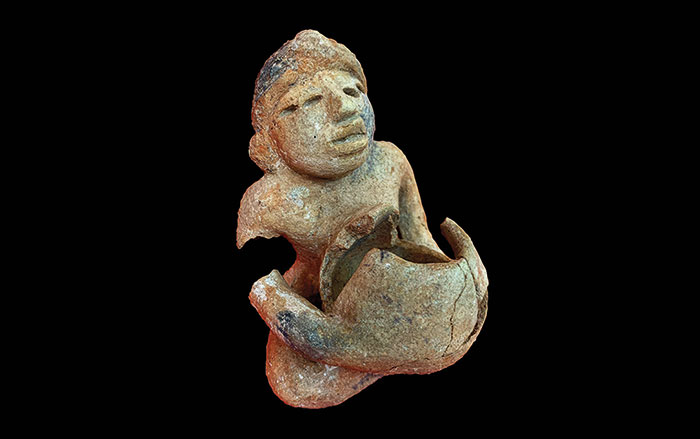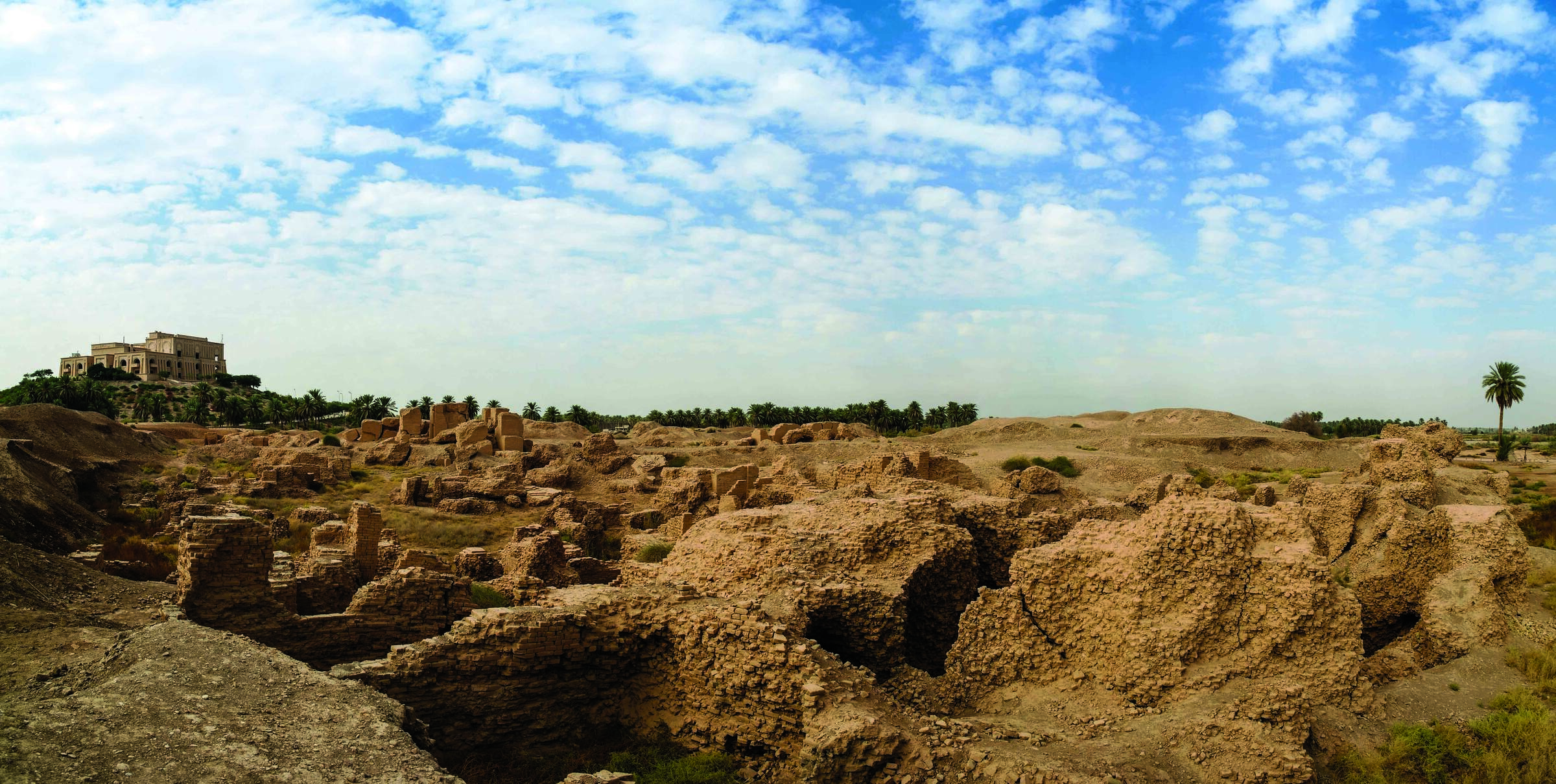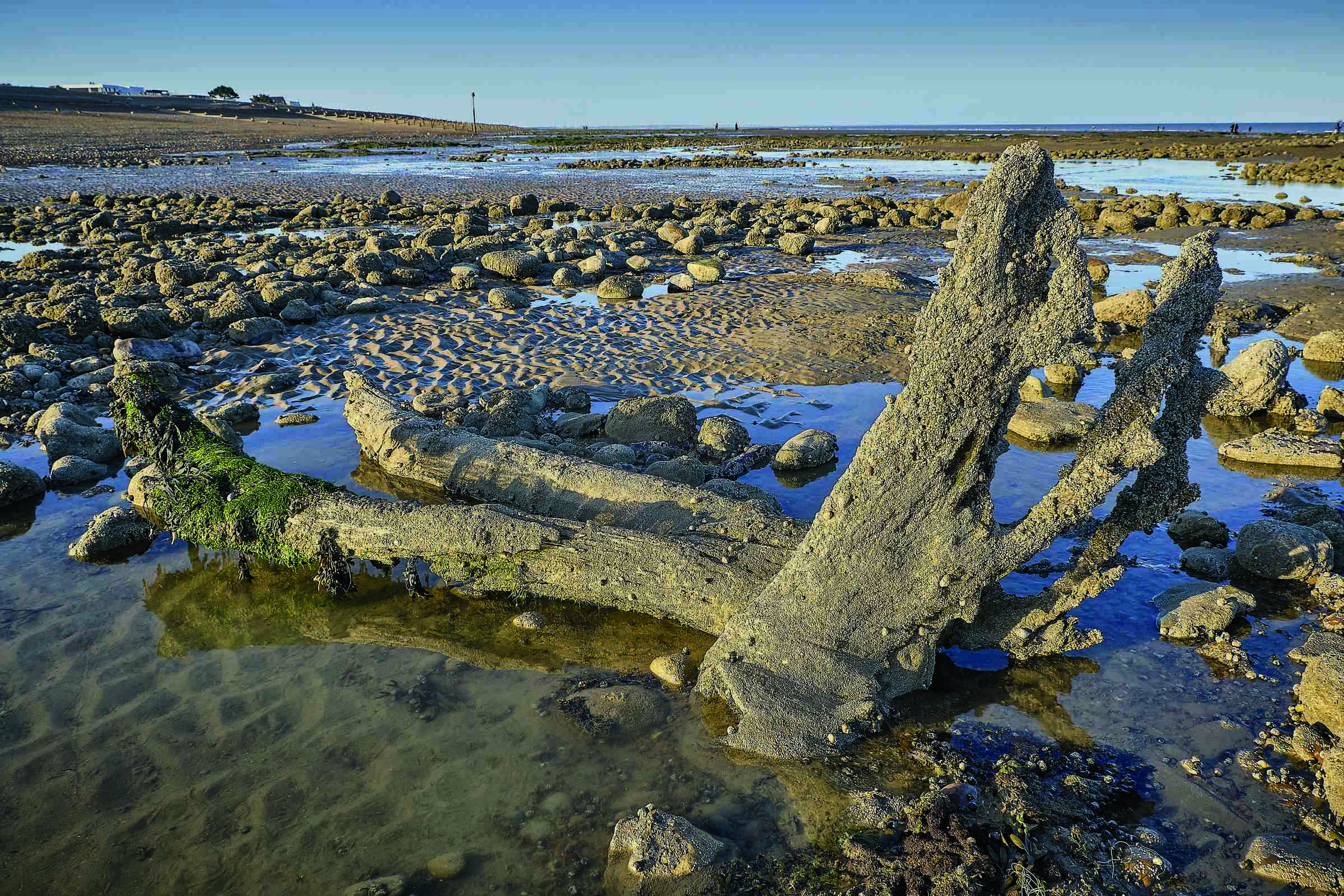
MEXICO CITY, MEXICO—According to a Science Magazine report, sealants used by the ancient Maya to affix gemstones to their teeth may have had infection-fighting properties. During the Classic period (A.D. 200–900), many lowland Maya people in present-day Guatemala, Belize, and Mexico attached stones such as jade, turquoise, and pyrite to their teeth, typically as part of rites of passage. Dentists would drill holes into people’s teeth, then attach the stones using a sealant. As part of a new analysis of the chemical contents of the sealants, a team led by Gloria Hernández Bolio, a biochemist at the Center for Research and Advanced Studies of the National Polytechnic Institute in Mexico, studied eight teeth found across the Maya empire. They determined that the sealants’ contents varied based on location, suggesting that local practitioners had their own recipes, but that most of the samples include ingredients from pine trees, which have been shown to fight bacteria that cause tooth decay. In addition, two teeth appear to contain sclareolide, a compound found in Salvia plants that has antibacterial and antifungal properties. And samples from the Copán region, near the border of Honduras and Guatemala, include essential oils from mint plants whose components may have anti-inflammatory effects. Hernández Bolio notes that the most important factor in creating the sealants was their binding properties, but that today’s Maya use the plants for medicinal purposes, so ancient people may have been aware of their salutary effects. To read more about Maya clothing, jewelry, and body modification, go to “From Head to Toe in the Ancient Maya World.”










